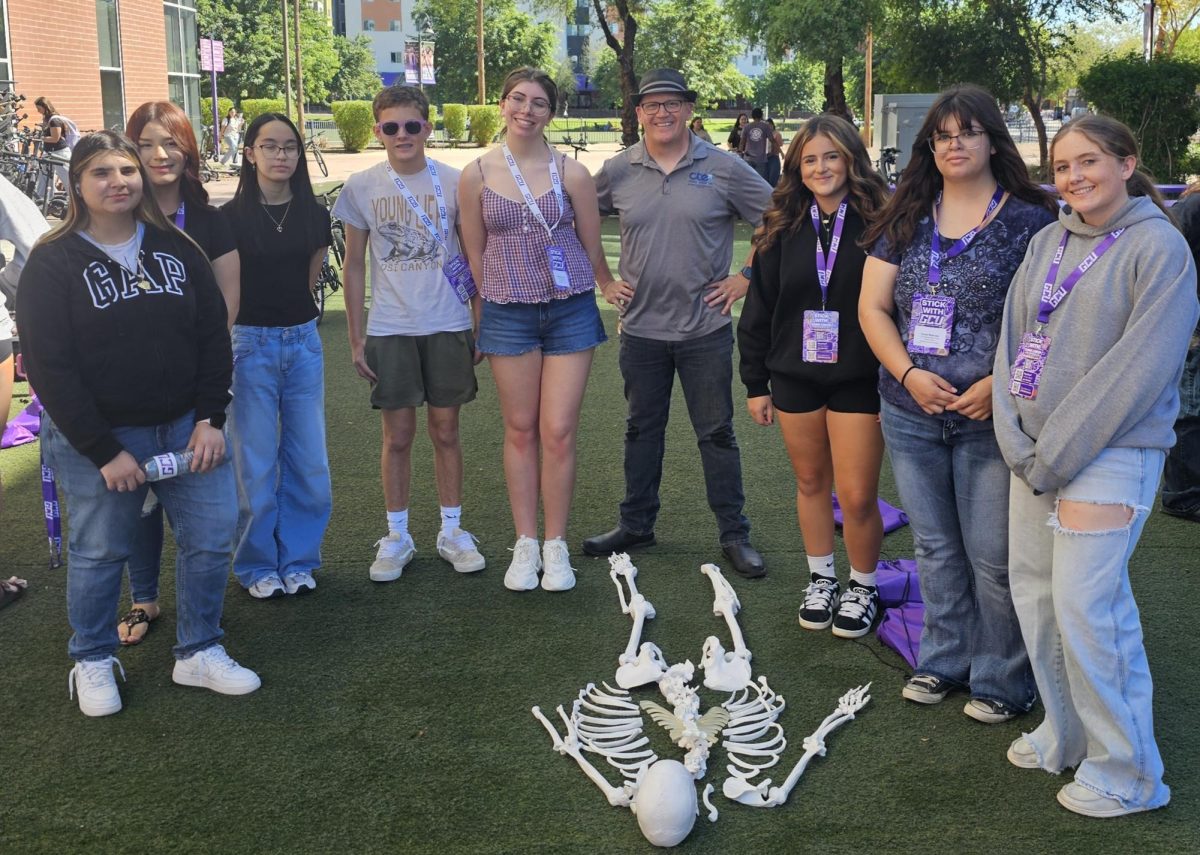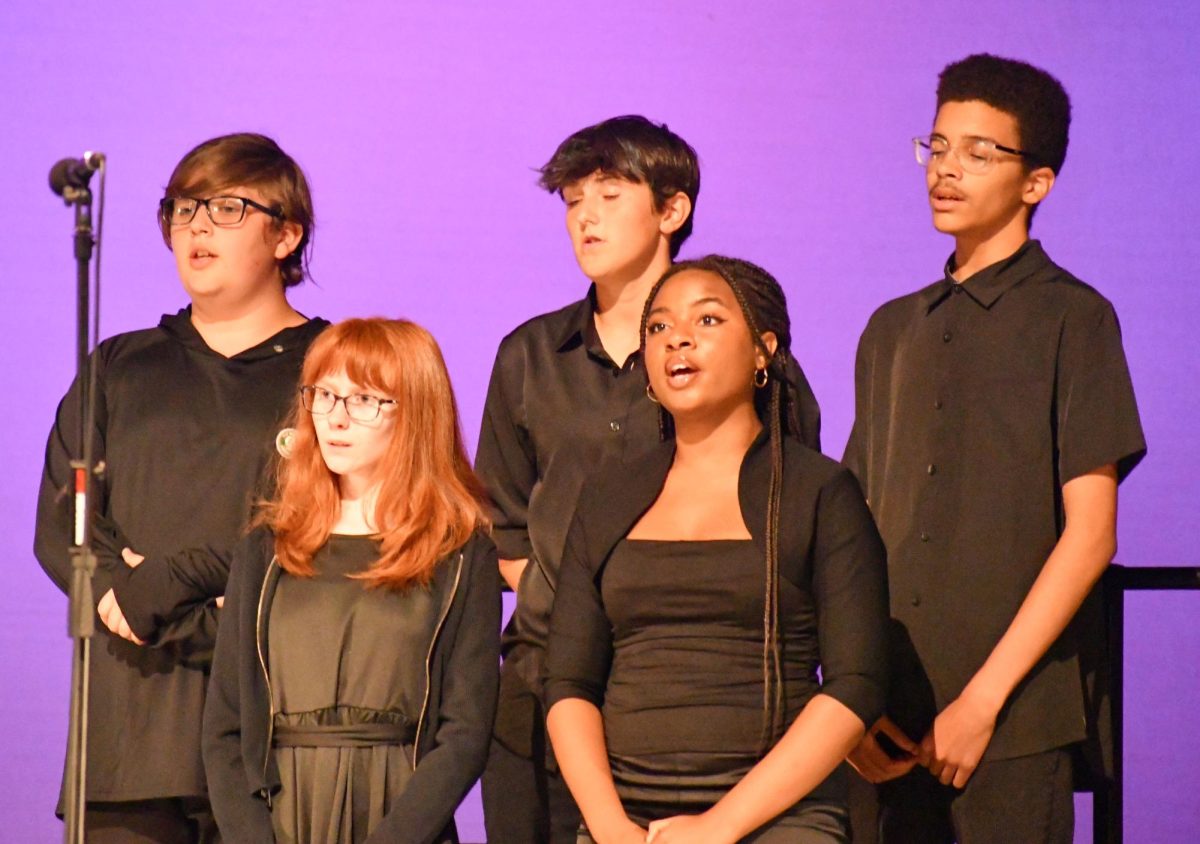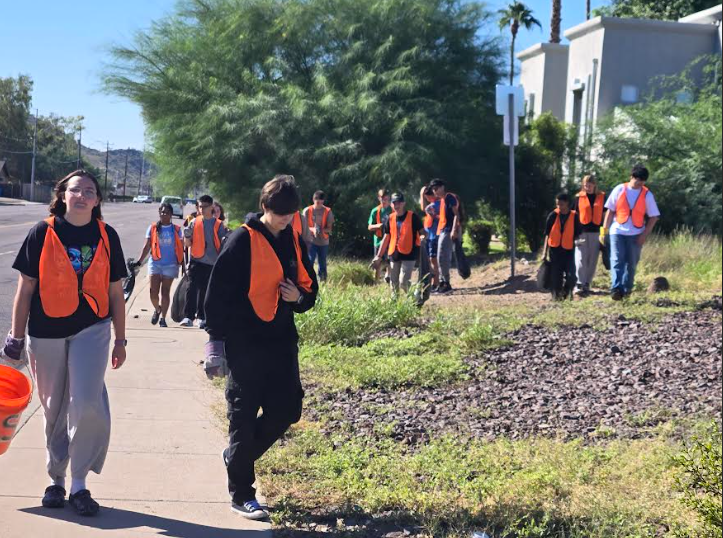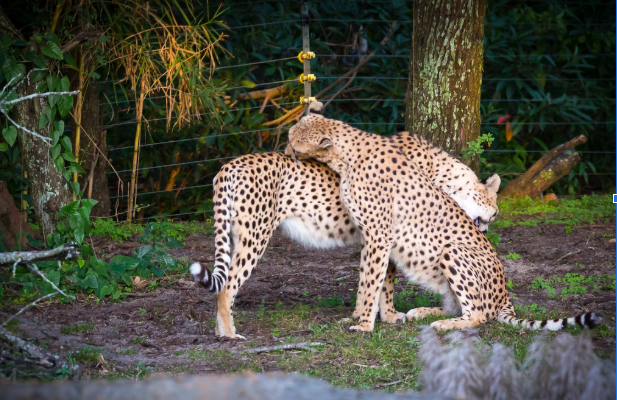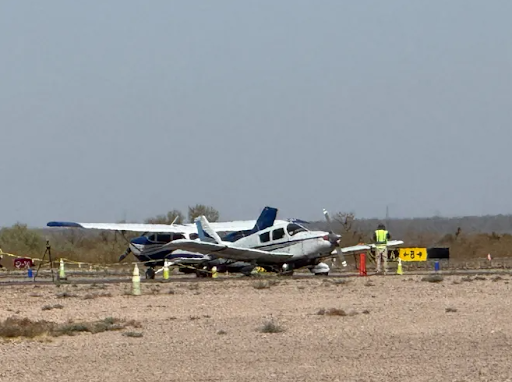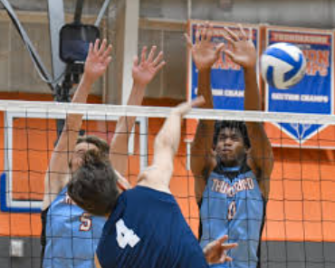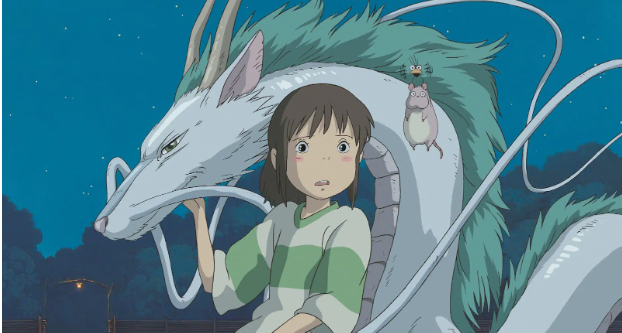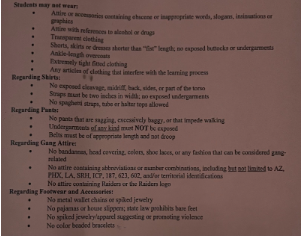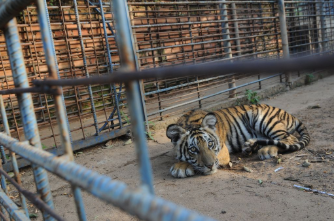Imagine waking up and not knowing where you are. Before you can begin to panic, you look up and suddenly see hundreds of eyes staring, watching your every move. You start to look around, hoping to find an exit, and realize there is no escape. You realize you’ve been trapped and forced to become a puppet for people’s pleasure.
When zoo owners think of what animals they want in their enclosures, they always consider people’s interests to gain attention and increase their profit. According to ResearchGate, visitors are drawn to observing large predators, such as lions and tigers. This is because most crowds are attracted to the sheer beauty and size of these felines. Although, when it comes to watching how predators act in their enclosures, nothing they do is extremely interesting. Usually, they are just seen sleeping or eating. In the wild, these cats also tend to rest most of the day, since they are trying to preserve their strength for when they need to hunt. Even though these mammals may be performing the same habits, these contrasting habitats cause the reasons behind these actions to be completely different.
A predator earns its title by performing a specific skill that allows it to thrive in the wild: hunting. Certain carnivores, like lions and wolves, are already equipped with specialized survival skills when they are born, but these instincts are later honed through their interactions with their environment and experiences with their pack. A predator’s ability to efficiently pursue and catch its prey determines how long it can endure its terrain and eventually carry on its lineage. Therefore, it makes sense that they would try and conserve their energy as much as possible in order to keep surviving. However, when it comes to living in a pen, a lioness, for example, does not have to worry about trying to chase down an antelope. She can relax and let the zookeepers bring her a meal without having to lift a paw. Many may wonder what is so wrong with keeping animals in enclosures if they are going to act the same and receive protection from the harsh realities of the wild. Even though these predators perform similar behaviors when they are in the wild, they are never exposed to opportunities to fulfill their inclination to hunt.
Additionally, many animals grow up next to those of their species who have been bred in captivity. The inability to be taught by a member of their pack within their natural domain, mixed with not being able to follow their natural-born instincts, can increase the risk of abnormal behavior, which may consist of pacing, bar biting, and swaying. These actions may not seem alarming, but they are signs of severe psychological damage, according to Ballard Brief, a student-led social-issues research library. Just like some people pace when they are stressed, these animals act out because they are uncomfortable and unable to escape their situation. Additionally, Ballard Brief reveals that by keeping stressed animals in captivity, their “risk of dying prematurely” increases. Throwing animals into a pen so that people can be entertained by their looks is like sentencing the animals to an early death.
Predators are not the only ones who should be excluded from zoos. Non-predators should have equal freedom to roam without being disturbed by people. Even though these animals aren’t born with the desire to hunt, being reduced to living in a confined area that invites human observation and negligence is still dangerous for them. If an animal has an outside enclosure, zoos tell people not to lean over the barrier so they do not risk falling in. However, human curiosity causes some to ignore such rules. For example, Treehugger, a website that promotes sustainability and environmental awareness, explains that in 2016, a toddler fell into the enclosure of Harambe, a 17-year-old western lowland gorilla, at the Cincinnati Zoo. Harambe briefly grabbed the toddler, and even though he did not show any signs of trying to aggressively attack the child, he was shot on the spot. Harambe’s death is a prime example of how people tend to endanger the safety of all animals, even if it is by accident.
On the flip side, not all human interaction with animals is bad. Many protection programs are designed to help save endangered species. One organization that focuses on wildlife conservation is the Wilder Institute. This program strives to “implement conservation strategies that benefit species-at-risk.” They work hands-on with various types of animals and are always striving to develop research that shapes how they thrive in the wild. They also recognize that species reintroduction, reuniting an animal with its natural habitat, is key to saving those who are endangered. The types of organizations that aim to reconnect an animal with its home will always be more effective at saving an animal’s life and preventing its species from further extinction than a zoo that tries to force animals to repopulate in a restrictive enclosure.
Wild animals are not meant to be put on display for entertainment. They are exotic, untamed creatures whose purpose is to use their survival instincts, as well as each other, to thrive in their natural habitats. Wildlife conservations, which prioritize the safety and health of the animals instead of showing them off to people, are the only groups that should be allowed to handle different species. No matter how small or large an animal is, they should never be stripped of their freedom just to be thrown into a pen that has been filled with grass and a few play toys.
Humans may attempt to recreate a predator’s pen based on their natural habitat so that they don’t feel as confined; however, no matter how realistic humans make those spaces look, no enclosure can compare to the freedom of the wild.


